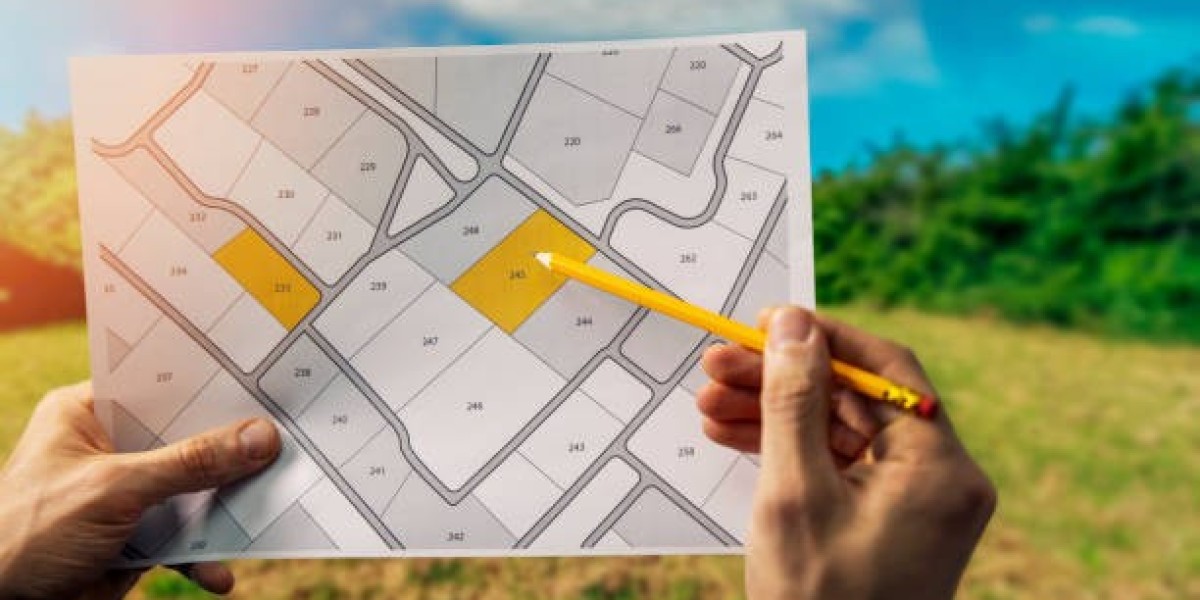Gallstones are hard deposits that form in the gallbladder, a small organ located beneath the liver. For many people, gallstones can lead to significant discomfort and serious health complications. Understanding the options available for gallstone treatment in Riyadh (علاج حصوات المرارة في الرياض) , particularly gallbladder surgery, is crucial for those affected. This blog aims to provide comprehensive information on gallbladder surgery as a treatment option for gallstones, including indications, procedures, recovery, and lifestyle changes.
What Are Gallstones?
Gallstones are solid particles that develop from bile, a digestive fluid produced by the liver. They can vary in size, from a grain of sand to a golf ball, and may exist in single or multiple formations. There are two primary types of gallstones:
Cholesterol Gallstones
- Composition: Formed primarily from hardened cholesterol.
- Appearance: Typically yellow-green in color and are the most common type.
Pigment Gallstones
- Composition: Made up of bilirubin, a substance produced from the breakdown of red blood cells.
- Appearance: Usually dark brown or black and less common than cholesterol gallstones.
Causes of Gallstone Formation
- Excess Cholesterol: When the liver excretes too much cholesterol for the bile to dissolve, leading to crystallization.
- Bilirubin Overproduction: Conditions like liver cirrhosis, biliary tract infections, or blood disorders can cause excessive bilirubin.
- Incomplete Emptying of the Gallbladder: If the gallbladder does not empty completely or often enough, bile can become overly concentrated, contributing to stone formation.
Symptoms of Gallstones
Not everyone with gallstones will experience symptoms. However, when symptoms do occur, they can be quite uncomfortable. Common symptoms include:
- Pain: Often felt in the upper right abdomen, can be severe and may radiate to the back or right shoulder blade.
- Nausea and Vomiting: Often accompanies the pain.
- Indigestion: Symptoms like bloating, gas, and heartburn may arise after eating fatty meals.
- Jaundice: Yellowing of the skin and eyes can indicate a blockage of the bile ducts by gallstones.
When to Seek Treatment
If you experience severe abdominal pain, particularly if it occurs after meals, or if you develop jaundice, it’s essential to seek medical attention. Prompt evaluation can prevent potential complications, such as pancreatitis or cholangitis.
Gallstone Treatment Options
There are several treatment options for gallstones, depending on the severity of symptoms and the size and type of stones. The most common treatment for symptomatic gallstones is gallbladder surgery, also known as cholecystectomy.
Non-Surgical Options
Before considering surgery, some non-surgical treatments may be explored, including:
- Medication: Oral bile acid pills may help dissolve cholesterol gallstones, but this process can take months or even years.
- Lifestyle Changes: Dietary adjustments and weight loss can sometimes alleviate symptoms, especially if stones are small and asymptomatic.
Gallbladder Surgery Overview
When non-surgical treatments are not effective, gallbladder surgery is often recommended. The surgical procedure to remove the gallbladder is called a cholecystectomy. It can be performed using two main techniques:
Laparoscopic Cholecystectomy
- Description: A minimally invasive procedure where small incisions are made in the abdomen.
- Benefits: Quicker recovery time, less postoperative pain, and minimal scarring.
- Procedure: A camera (laparoscope) is inserted to guide the removal of the gallbladder with specialized instruments.
Open Cholecystectomy
- Description: A more invasive procedure involving a larger incision in the abdomen.
- Indications: Typically reserved for complicated cases or when laparoscopic surgery is not feasible.
- Recovery: Longer recovery time compared to laparoscopic surgery, with more pain and scarring.
Preparing for Gallbladder Surgery
Preparation for gallbladder surgery involves several steps:
- Preoperative Consultation: A thorough evaluation will be conducted, including medical history, physical examination, and possibly imaging studies like ultrasound or CT scans.
- Fasting: Patients are usually required to fast for several hours before the surgery to prepare for anesthesia.
- Medication Adjustments: Discuss any medications with the healthcare provider, especially blood thinners or supplements.
What to Expect on Surgery Day
- Anesthesia: General anesthesia is typically used, meaning you will be unconscious during the procedure.
- Surgery Duration: The laparoscopic procedure usually takes about 1 to 2 hours, while open surgery may take longer.
Recovery After Gallbladder Surgery
Recovery after gallbladder surgery varies by individual and type of surgery performed. Here’s what you can typically expect:
Laparoscopic Recovery
- Hospital Stay: Often outpatient, meaning most patients can go home the same day.
- Pain Management: Mild to moderate pain may occur, manageable with prescribed medications.
- Activity Levels: Many patients can resume light activities within a few days and normal activities within 1 to 2 weeks.
Open Surgery Recovery
- Hospital Stay: Usually requires a 2 to 3-day hospital stay.
- Pain Management: Greater discomfort is expected, requiring stronger pain management.
- Activity Levels: Recovery can take 4 to 6 weeks before returning to normal activities.
Lifestyle Changes Post-Surgery
After gallbladder removal, some individuals may need to make dietary adjustments. The gallbladder stores bile, which helps digest fats. Without it, your body may have trouble digesting fatty foods.
Dietary Recommendations
- Low-Fat Diet: Transitioning to a low-fat diet can help manage symptoms and promote healthy digestion.
- Gradual Reintroduction: Gradually reintroducing foods can help identify any that may cause discomfort.
Monitoring Symptoms
- Digestive Changes: It’s common to experience changes in bowel habits after surgery, including diarrhea or bloating.
- Follow-Up Appointments: Regular follow-ups with a healthcare provider are essential to monitor recovery and adjust dietary plans as necessary.
Conclusion
Understanding gallbladder surgery as a treatment option for gallstone treatment in Riyadh is crucial for those facing the challenges of gallstones. While surgery can be a daunting prospect, it is often the most effective way to alleviate symptoms and prevent complications. By being informed about the procedures, recovery, and necessary lifestyle changes, patients can approach their treatment with confidence, paving the way for improved health and well-being. Always consult with healthcare professionals to discuss the best treatment options for your unique situation.







